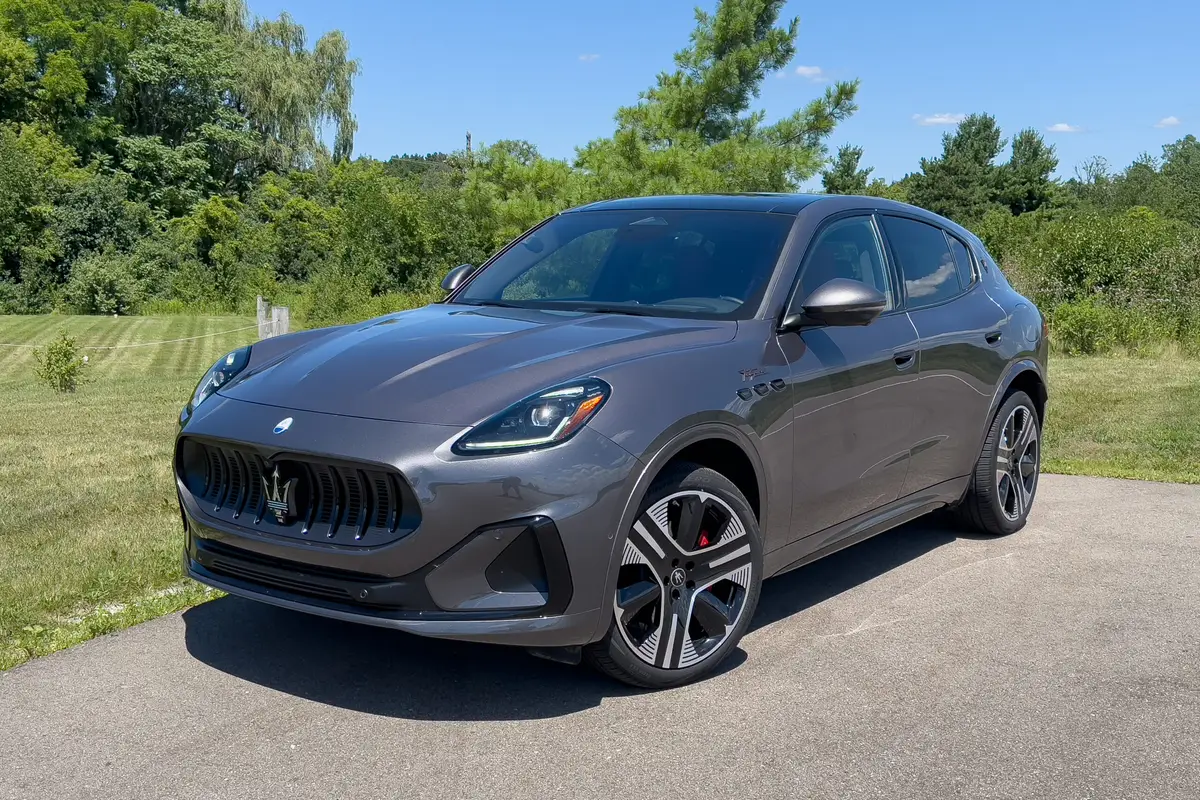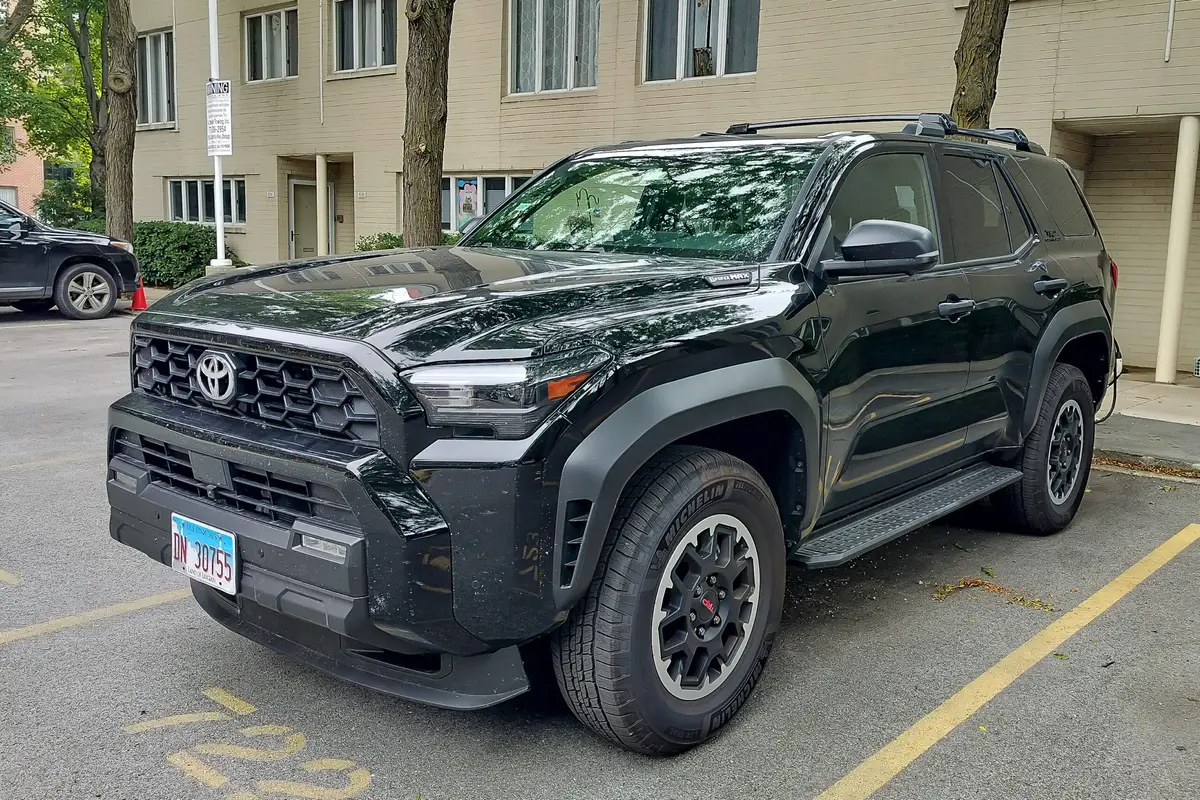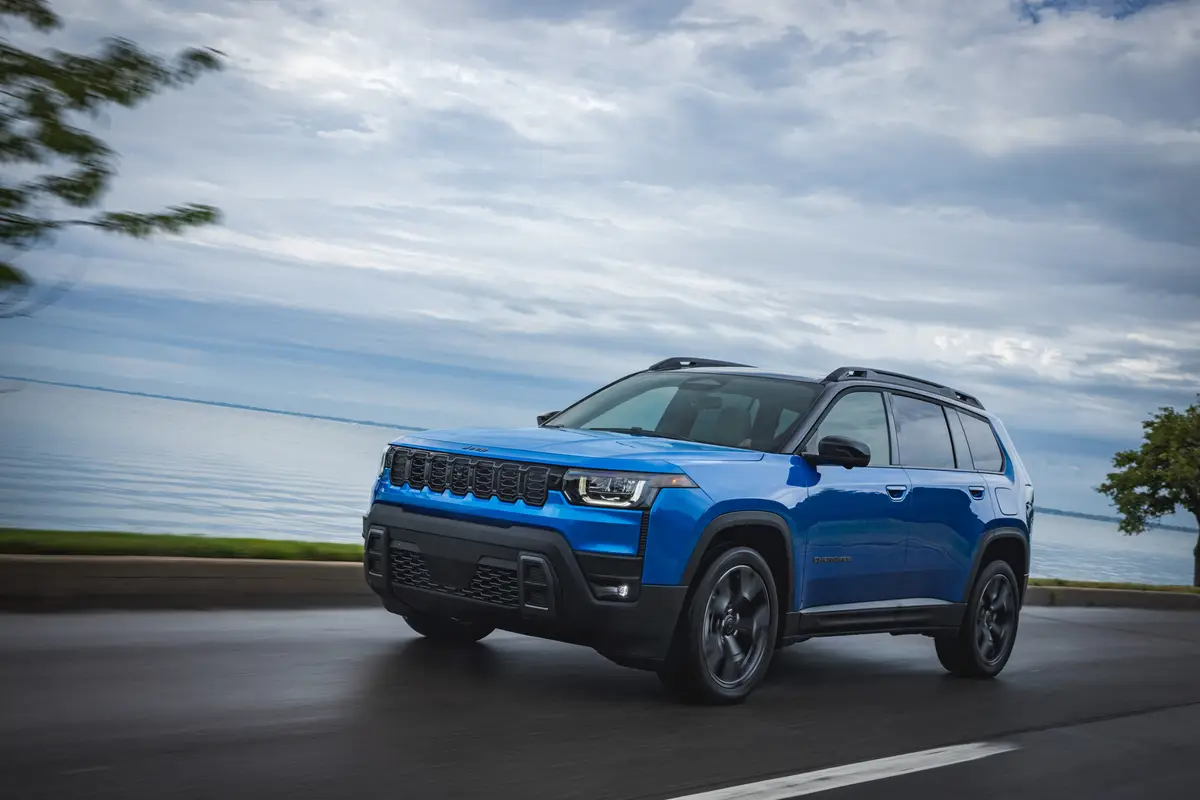2015 Hyundai Genesis Sedan: First Drive

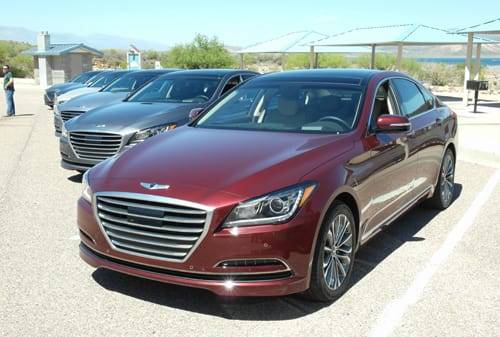
The 2015 Hyundai Genesis is a complete redesign of the luxury car that won Cars.com’s first-ever Best of award in 2009. My daylong drive of V-6 and V-8 versions of the full-size sedan proved the Genesis charges closer to the heels of more expensive competitors, but it’s not without its shortcomings.
2015 Hyundai Genesis Photo Gallery (24 Photos)
As before, the Genesis is technically full size, but Hyundai positions it against nominally midsize sedans like the BMW 5 Series, Cadillac CTS, Mercedes-Benz E-Class and Lexus GS 350 — and prices it to undercut them all. As we’ve reported, the base Genesis 3.8 (named for its 3.8-liter V-6) starts at $38,950, including the destination charge. This price beats the most affordable of the above competitors and the Jaguar XF and Infiniti Q70 as well, by anywhere from $7,075 (Cadillac CTS 2.0L) to $13,375 (Mercedes E250 Bluetec). Like the others, the Genesis now offers all-wheel drive with the V-6, along with rear-wheel drive with either engine.

My overwhelming impression is that the 3.8 is a better car than the V-8-powered 5.0 ($52,450). Though it boasts 420 horsepower, the 5.0-liter V-8 never felt like it was hustling the car and pressing me into the seat like its V-8 competitors do. The 3.8, though it’s rated 311 hp, has 293 pounds-feet of torque versus 383 pounds-feet in the V-8, and it feels like it meets expectations better for a V-6 car — even with the extra weight of all-wheel drive. The Genesis’ estimated mileage — 22 mpg combined for the rear-drive 3.8, 19 mpg combined for the all-wheel-drive 3.8 and 18 mpg for the 5.0 — trails most competitors.
Also contrary to common experience, the eight-speed automatic transmission behaves better with the less powerful engine, exhibiting less hesitation when shifting down for passing power. The V-6 even sounds better than the V-8, again turning expectations upside down. It’s not that the V-8 sounds bad, but it’s clearly tuned for quiet rather than a performance sound.
The hushed V-8 makes the 5.0 even more exceptionally quiet than the 3.8, which apart from the engine sound itself is equally vaultlike both in its noise level and rigidity. Hyundai claims better structural rigidity ratings than competitors, and it feels that way on the road.
In the 5.0, equipped with 19-inch wheels, the predominant sound was the occasional thrum and pitter-patter of tires on the mostly healthy pavement around Phoenix. At high speeds and in strong crosswinds there was some wind noise about the A-pillars, but my impression was it stood out only because of the overall quietness. The standard 18-inch wheels on the 3.8 sounded a little quieter over expansion joints and such but louder on coarse pavement.
The ride quality is also good in both cars, but it’s definitely better in the 5.0 with optional adaptive shock absorbers, a new addition to the model. Between the quiet, comfortable ride and seats, I ended a day of driving almost 300 miles with no fatigue.
Unfortunately, the suspension’s firmness setting changes only with the overall driving mode of Normal, Eco or Sport. These modes also affect the transmission behavior, accelerator response and power-steering assist level. I’d much prefer independent control of some or all of these systems, or at minimum a configurable umbrella mode that lets me choose the settings that suit me, as Audi and some others do.
Similarly, the Genesis adds high-tech active-safety options like forward collision warning with autonomous braking, lane keep assist and blind spot warning with an enhancement called Lane Change Assist that “looks” farther behind the car than the typical system of this type “to help detect vehicles approaching towards its rear side at high speeds, especially during higher-speed driving,” as Hyundai describes it. Unfortunately, in my experience this only provided more unnecessary alerts during lane-change maneuvers: After passing other cars at a substantial speed differential, when I signaled to pull into their lane, Lane Change Assist would beep away. The feature should be smart enough to know I’m pulling away from the other car and not pester me. The lane-related features also employ a vibrating steering-wheel alert. I like tactile warnings because they minimize all the beeping, but vibey steering never proves effective in my opinion. All in all, new features are good, but execution matters.
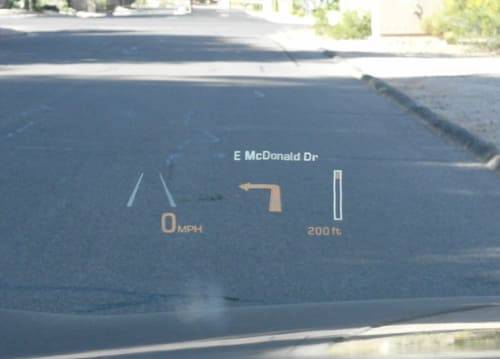
In that vein, the Genesis now offers a head-up display that shows a wealth of information on the windshield ahead of the driver, but it vanishes entirely if you wear polarized sunglasses. Though this is a common drawback of these displays, I’ve recently driven two GM vehicles that had licked the problem.
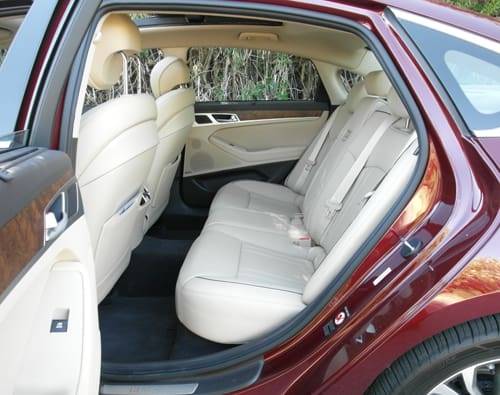
Although the car is comfortable overall, I’d like to see more headroom in the backseat. At 6 feet tall, I was fine, but the roof curls down closer to the doors and was a problem for taller passengers, at least when getting in and out. While the optional panoramic moonroof diminishes front headroom, the dimension remains the same in the backseat whether the moonroof option is there or not. As for legroom, my knees cleared the front seatbacks by a healthy margin, but the seat sits relatively close to the floor, which raised my knees more than I’d like. Foot room under the front seats for stretching one’s legs forward is only so-so, and the center floor hump is high, a common shortcoming in rear-drive sedans.
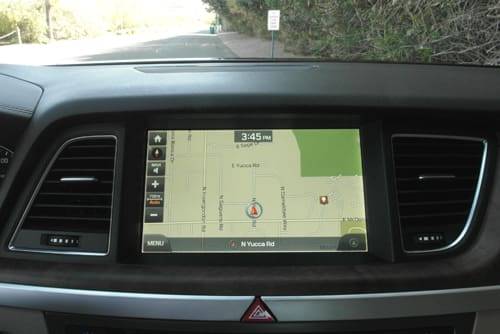
One of the Genesis’ high points is its multimedia and control system, which starts with a generously sized 8-inch touch-screen and standard navigation and can be upgraded to a stellar high-definition 9.2-inch touch-screen. The optional screen’s size is simply fantastic, larger than Chrysler vehicles’ 8.4-inch Uconnect display. It combines my favorite interface, a touch-screen, with a well-placed multifunction knob easily in reach on the center console for people who prefer that means of control. Even better, there isn’t a single capacitive touch-sensitive panel in the car. All real mechanical buttons and knobs. Hurray!
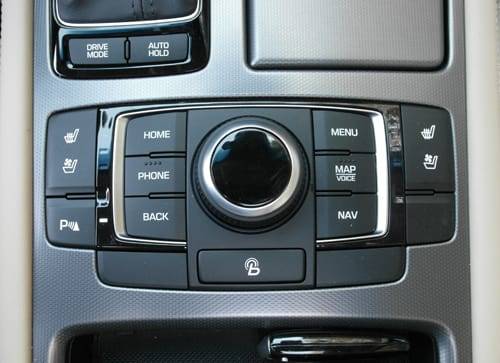
The interior quality is certainly good, but there are inconsistencies. The hood over the instrument panel is upholstered, but the rest of the top of the dashboard reverts to typical soft plastic. There’s a half-dozen different textures, not all of which seem to go together. There’s real aluminum trim, yet somehow it doesn’t look convincing; perhaps a brushed finish would be more effective and hide smudges better. There’s semi-gloss wood trim with an open-pore finish, but its aesthetic really depends on the color. I like the lighter execution, but from my perspective in the driver’s seat of a car with the darker trim, the section immediately below the touch-screen looked like it had been sneezed upon.
I’ll provide more details on this luxury liner, including impressions of the next-generation Blue Link telematics system it debuts, in a coming full Cars.com review.
Cars.com photos by Joe Wiesenfelder.

Former Executive Editor Joe Wiesenfelder, a Cars.com launch veteran, led the car evaluation effort. He owns a 1984 Mercedes 300D and a 2002 Mazda Miata SE.
Featured stories
